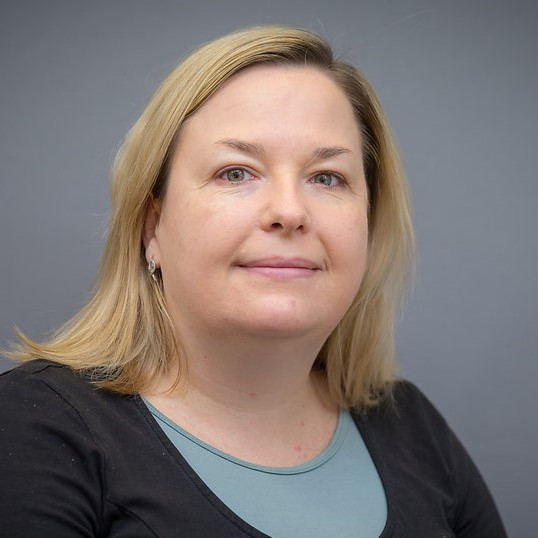A new report by the Education Policy Institute, funded by the Nuffield Foundation, highlights the inequalities and the blind spots that exist in SEND support across schools in England. The report identifies the structural challenges within the system where factors such as the fragmentation of the school system, prolonged school absences, language barriers and living in disadvantaged areas make it difficult for pupils’ needs to be assessed consistently.
The report finds that:
• Inconsistencies amongst primary and secondary schools in approaches to identifying SEND is a major driver in a child’s chances of receiving support. This variation between schools accounts for two-thirds of the differences between those identified with SEND and those not identified.
• Pupils attending academy schools or living in the most academised areas were less likely to be identified as having SEND compared with other similar pupils. This may be due to under-identification, fewer SEND pupils enrolling in academies, academies meeting needs without formal identification, or delays in EHCP assessments due to reduced local authority capacity.
• Local authorities had a limited impact on SEND identification, accounting for just 4% of the variation in the use of primary EHCPs, and 2% in secondary EHCPs, which entitle children to specific individual support.
• Pupils whose needs were hidden, because of absence from school or frequent school moves, were less likely to be recognised as having SEND in primary school. Children who faced language barriers because English is not their first language also had a lesser chance of being identified with SEND compared with otherwise similar children.
• Girls were less likely than boys to be identified with SEMH needs in secondary school, despite similar chances of having a behavioural or emotional disorder.
• Children with the lowest Personal, Social, and Emotional Development (PSED) scores at age five were 100 times more likely to receive an EHCP during primary school, highlighting PSED as a critical early indicator for SEND and suggesting that national PSED assessments should be introduced in early Key Stage 2 and early secondary school.
The report recommends that :
• The government should prioritise training in child development and different types of SEND, making it a mandatory part of initial teacher training and early career development.
•There should be further research into differences in school identification and recording practices to understand the role played by recording practices in the differences between schools, and the implications of this for the provision children receive. Additional research also needs be undertaken into the causes and consequences of the lower rates of SEND identification for children attending academies.
• The government should remain focused on developing an effective cross-government strategy to reduce child poverty, as SEND identification is closely linked to deprivation at individual, school, and neighborhood levels.
• Schools, local authorities and CAMHS services should establish better information-sharing systems to ensure they share the evidence gathered in SEND assessments when a child moves schools or is seen by CAMHS.
• The National Curriculum Review should consider introducing national PSED assessments in early Key Stage 2 and early secondary school, as age five PSED assessments are key predictors of which children later receive an EHCP, but there is currently no universal national assessment of PSED after age five.
You can download and read the full report here:

This report is kindly funded by the Nuffield Foundation

The Nuffield Foundation is an independent charitable trust with a mission to advance social well-being. It funds research that informs social policy, primarily in Education, Welfare, and Justice. The Nuffield Foundation is the founder and co-founder of the Nuffield Council on Bioethics, the Ada Lovelace Institute and the Nuffield Family Justice Observatory. The Foundation has funded this project, but the views expressed are those of the authors and not necessarily the Foundation. You can read more about their work here.

